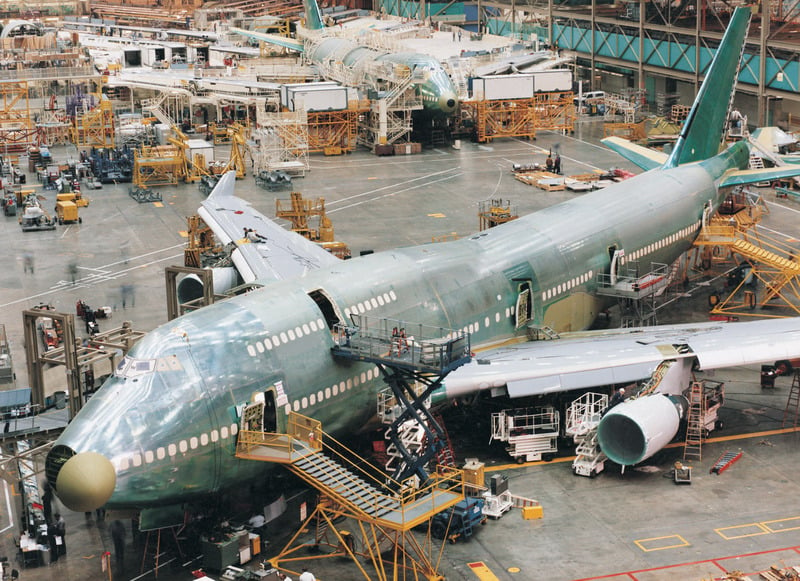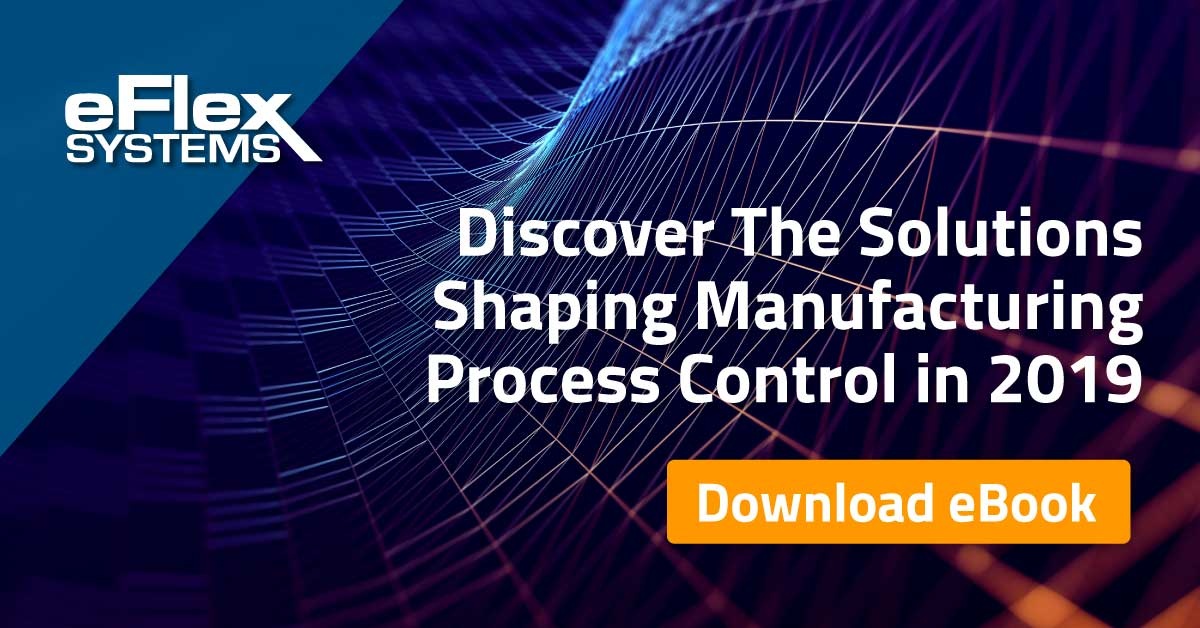5 Tools to Help Error-Proof, High-Mix Assembly Operations
by Dan McKiernan, on Jun 18, 2019 4:37:52 PM

High-mix assembly operations have always presented a challenge for manufacturers. For almost the entire history of modern manufacturing, variability has been an obstacle to consistency and quality control. Today, with customization and variability on the rise, the need to efficiently and effectively manage high-mix assembly operations is more urgent than ever.
The good news is that a new generation of manufacturing tools and technology is providing manufacturing professionals with unprecedented ability to accommodate that variability. For production environments that produce short runs, or lower volumes of different products on the same line, these tools are game-changers.
The best of these new systems afford extraordinarily granular control over systems and processes. They provide new mechanisms for shifting seamlessly between models or products and allow unprecedented run-to-run flexibility. New connectivity unlocks the kind of coordination that allows plant managers and even individual operators to toggle between products and models with the push of a button. And, they deliver a new level of transparency that provides real-time visibility into production lines, throughout facilities, and even across entire enterprises.
The key to all of this is the Manufacturing Integrated Platform (MIP)—the kind of comprehensive solution that combines digital work instructions with a host of tools into a single connected system providing unprecedented visibility, flexibility, functionality and streamlined utility.
Included in leading MIP solutions is a high-mix, error-proofing toolkit that includes:
Digital work instructions
While automation has been a boon for manufacturing efficiency over the years, humans are still superior to machines when it comes to flexibility, which is why an ideal solution for high-mix scenarios is one that combines automated guidance and enforcement with human operators. The best MIPs feature digital work instruction platforms that are both intuitive and user-friendly, with straightforward drag-and-drop functionality that allows users to create, edit and assign work instructions within the application itself—all without any specialized programming expertise. Heads-up displays with AR projection platforms and no-faults-forward functionality provide an additional layer of process and quality control. The result is the ideal combination of automated efficiency and human flexibility.
Barcode scanning
Barcode scanning functionality already allows operators to easily switch between processes and product variations within seconds and error proof the correct subcomponents are being added to the final product. This allows for full genealogy and part history reporting.
IoT connectivity
The desired connected manufacturing environments of the future are no longer a pipe dream. Manufacturing professionals across a wide range of industries are already using the stability, reliability and scalability of new connected systems to integrate powerful new tools and allow for the seamless flow of data required for newly detailed and comprehensive real-time metrics and monitoring. Leading MIP solutions can connect and respond to thousands of input/output (I/O) points in milliseconds. That eliminates any functional lag time and achieves instantaneous connectivity with virtually any number of devices—including specialized tools and equipment like PLCs, machine vision systems, torque guns and augmented reality platforms. Precision monitoring and audiovisual guidance, along with features like no-faults-forward functionality, ensures that the right pieces are being picked, the right processes are being followed, and that finished parts and products are assembled with the specified degree of precision. This essentially error-proofs the assembly process in-station and dramatically enhances quality control.
Vision systems
Advances in machine vision technology extend well beyond the factory floor or production environment. Increasingly precise new vision systems allow for essentially flawless quality control. The best systems can not only detect the smallest of errors or imperfections with greater precision and consistency than human inspectors but can also document and certify every inspected outcome—with individual part and product tracking to ensure accountability going forward. Innovations in AI and machine learning are making it possible for some vision systems to not only operate independently, but to actually learn and improve over time.
Integrated Bill of Materials (BOM)
BOM based assembly solutions can integrate with CAD, PLM, ERP, accounting and other in-house systems to automatically extract and synchronize data across the enterprise. The coordinated and centralized nature of an automated and integrated platform makes it easier than ever to manage variables—from materials to equipment and processes—in a unified, master template. The result is an enhanced ability to monitor and analyze data, predict and detect quality trends quickly and precisely, and ultimately improve quality, safety and consistency across the board.
Manufacturers trying to optimize high-mix assembly operations have spent untold hours and vast amounts of resources working to find the best way to adjust everything from the production environment to strategic scheduling, to expensive, extensive and time-consuming training—all for products and processes that change faster than ever before. In that context, it’s easy to see how the transformative new tools that are part of the new generation of MIP solutions are quickly evolving from differentiators into absolute must-have assets.
